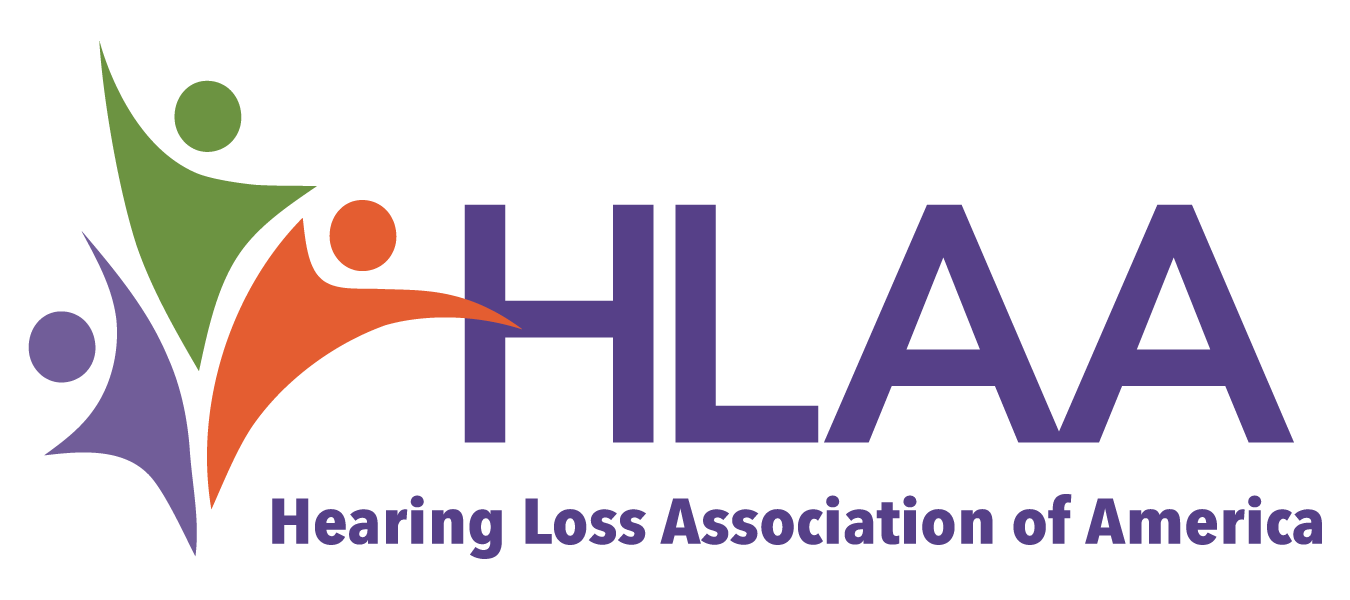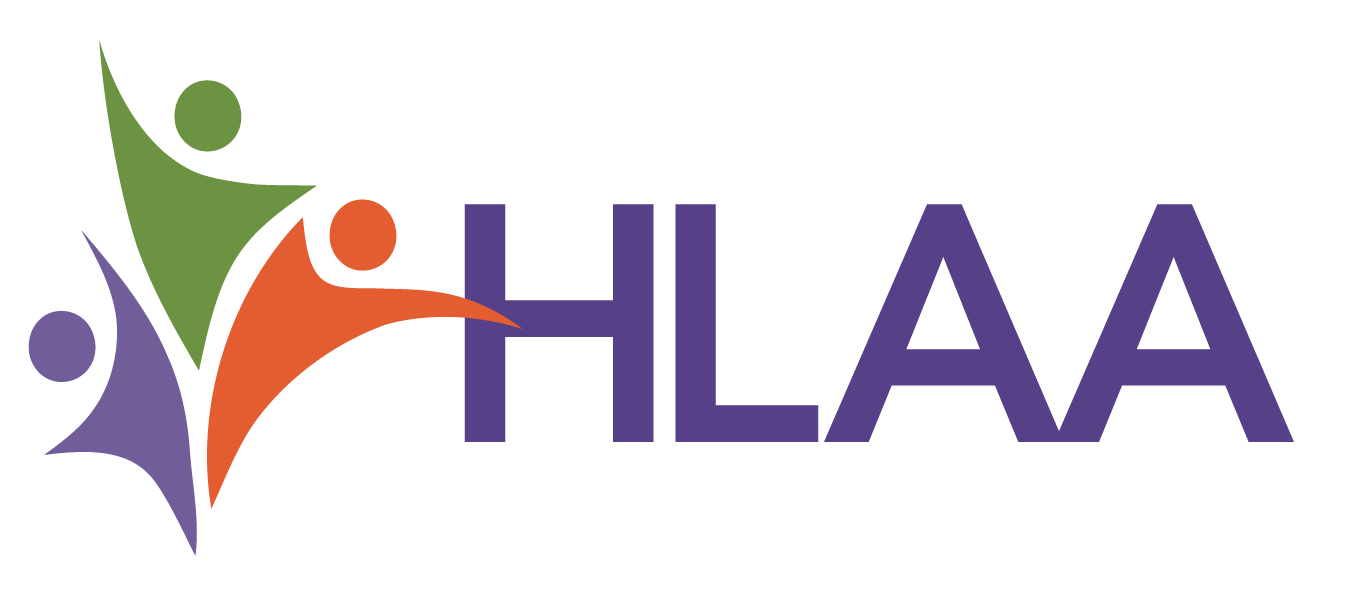*developed with a consensus by deaf and hard of hearing Consumer Groups, deaf healthcare providers and other subject matter experts
Deaf, hard of hearing, and DeafBlind Americans who seek medical treatment amid the COVID-19 crisis and medical professionals serving them may encounter significant barriers to communication. We estimate that up to approximately 650,0001 Americans who are deaf, hard of hearing, or DeafBlind may go to the hospital for COVID-19 treatment. This population will be particularly vulnerable if large numbers of infected patients present simultaneously and overwhelm hospitals, creating a medical disaster setting.
Under the Americans with Disabilities Act and Rehabilitation Act, hospitals and other medical facilities are required to provide appropriate in-person and/or remote sign language interpretation services as well as textual English communications to patients and/or companions who are deaf, hard of hearing, or DeafBlind. The form of communication must comport with the specific needs of each deaf or hard of hearing patient and/or companion, as each person’s communication method is individualized.
A high number of COVID-19 cases may overwhelm traditional communications services. Unfortunately, there is no way for a patient to determine this in advance of their arrival to the hospital. We urge medical professionals to familiarize themselves with backup communications methods in the event traditionally accessible services are unavailable or delayed in the midst of the COVID-19 crisis.
Absent a disaster, hospitals and medical facilities must provide services that facilitate effective communication. This might include in-person sign language interpreters, Video Remote Interpreting (VRI2), lip-reading (including the use of transparent face masks), written communications, captioning or CART, or speech-to-text apps. However, in light of the COVID-19 crisis, we recognize that hospitals are overwhelmed and may not be able to provide these same services.
There are several applications and services patients can install on their own smartphones and other devices which may provide life-saving communications functionality, including video remote interpreting and live transcription services. These technologies may be essential when medical professionals are wearing personal protective equipment such as masks which may inhibit lipreading or other communication techniques.
We do not endorse particular vendors for these applications, but provide a short list of known tools.
Maximizing Communication in a Medical Disaster Setting
- Patients should be made aware that they may be placed in isolation with physical barriers that may disrupt their usual accommodations and may receive limited care from medical professionals with multiple patients.
- Hospitals and medical facilities should put forth best efforts to provide communication resources if at all possible, but patients should be warned that in a medical disaster setting they may not have access to any communication resources other than what they bring to the hospital.
- Patients may come prepared with preloaded communication applications on their smartphones and other devices but it is recommended that medical facilities also have communication devices with preloaded communication applications if possible.
- Hospitals and medical facilities should place deaf or hard of hearing patients in a ward with accessible WiFi as these communication devices depend on Internet connectivity. WiFi connectivity may be limited at hospitals and medical facilities should consider providing cellular hotspots or other means of connecting applications to the Internet.
- There may be limits to how accurately or completely applications can facilitate the transcription or interpretation of speech, particularly where medical professionals are communicating in noisy environments, in languages other than English, medical jargon, and under other challenging circumstances. There may be accessories available to help with some of these challenges; they are beyond the scope of these recommendations. Medical professionals should be prepared to try other alternatives, including written communications on whiteboard or paper, if possible.
- Medical professionals should be aware of and accommodate as much as possible the use of communications applications provided by patients. Some deaf and hard of hearing patients may not have smartphones; hospitals should at a minimum have whiteboards or yellow pads and markers on hand to facilitate basic communication.
- If you have a patient who is DeafBlind, please consult the guidelines from the DeafBlind Interpreting National Training & Resource Center.
Preserving Autonomy in Medical Decision Making in a Medical Disaster Setting
- Medical professionals must respect the rights of deaf and hard of hearing patients to understand, refuse, and agree to treatment options and make their own treatment decisions even if they are accompanied by a hearing family member.
- Triage protocols will be in place when hospitals are overwhelmed with patients needing intensive care that exceeds hospital capacity, which means that they may have to make difficult decisions about rationing or denying care to some patients.
- Hospitals must not consider patients’ disabilities in making triage decisions.
- Patients may request an ethics consultation with the hospital administration if they suspect they are being denied care on the basis of disability.
List of Organizations and Individual Contributors (in alphabetical order)
- Association of Late-Deafened Adults (ALDA)*
- Association of Medical Professionals with Hearing Loss
- Chad Ruffin, M.D., Proliance ENT at Minor & James Surgical Specialists
- Christopher J. Moreland, M.D., MPH, Associate Professor of Medicine, UT Health San Antonio
- Gallaudet University Technology Access Program/Deaf Hard of Hearing Technology RERC
- Gallaudet University Deaf Health Communication and Quality of Life Center
- Hearing Loss Association of America (HLAA)*
- Jim House – TDI Board of Directors; and Disability Integration Manager for the WA Coalition on Inclusive Emergency Planning
- Michael McKee, M.D., MPH, Associate Professor of Family Medicine, University of Michigan
- National Association of the Deaf (NAD)*
- Telecommunications for the Deaf and Hard of Hearing, Inc. (TDI)*
- Samuelson-Glushko Technology Law & Policy Clinic at Colorado Law (counsel to TDI)
- Rob Roth, (Retired) Executive director for non-profit social service agencies serving the Deaf and Hard of Hearing communities
- Teresa Blankmeyer Burke, Ph.D., Bioethicist & Philosopher, Gallaudet University
(*consumer advocacy organizations that advocate for the rights of deaf and hard of hearing people)
List of Technology Tools3
While we do not endorse any particular vendor, we are sharing a short list of known applications, in alphabetical order. There are separate lists for people who use sign language and people who speak, listen and lip-read, and people who are DeafBlind. While patients are urged to test and practice beforehand, there is no guarantee a patient will have done this.
For People who Use Sign Language
With face-to-face communication tools, patients may want to consider supplemental speech-to-text options for understanding hearing people. Patients also may want to consider options for typing text back as a backup option. Some tools can translate between different languages.
Video Remote Interpreting
- CyraCom (iOS, Android)
- FaceTime communication between the remote interpreting agency and the deaf or hard of hearing patient using the patient’s own FaceTime number in the event traditional VRI devices do not work
- Purple VRI (iOS, Android)
- Stratus VRI (iOS, Android)
- Linguabee is offering free video interpreting for COVID-19 testing
Speech to Text
- Ava (can type back, many languages) (iOS, Android)
- Google Live Transcribe (can type back, many languages) (Android)
- Microsoft Translator (can type back, can translate, many languages) (iOS, Android, Windows)
- Otter.ai (English only) (iOS, Android)
- Web Captioner (many languages) (universal web page)
Typing Back
- Big Note (iOS, Android)
- Cardzilla (iOS, Android)
- Google Keep (iOS, Android)
- Sorenson Buzz Cards (iOS, Android)
For phone calls,4 patients may want to consider having more than one video relay service (VRS) provider’s app on the provided device, in case one provider experiences technical difficulties. Patients also may want to consider text-based relay services if they cannot get a reliable internet connection.
- Convo (iOS, Android)
- Global (iOS, Android)
- Purple (iOS, Android)
- Sorenson (iOS, Android)
- ZVRS (iOS, Android)
Text-based fallback options for phone calls
For People who Speak, Listen and/or Lip-Read
With face-to-face communication tools, patients may want to consider speech-to-text options for understanding hearing people. Patients also may want to consider options for typing text back, as an emergency back-up option, even if patients feel comfortable speaking. Some tools can translate between different languages.
Speech to Text
- Ava (can type back, many languages) (iOS, Android)
- Google Live Transcribe (can type back, many languages) (Android)
- Microsoft Translator (can type back, can translate, many languages) (iOS, Android, Windows)
- Otter.ai (English only) (iOS, Android)
- Web Captioner (many languages) (universal web page)
Typing Back
- Big Note (iOS, Android)
- Cardzilla (iOS, Android)
- Google Keep (iOS, Android)
- Sorenson Buzz Cards (iOS, Android)
For phone calls,5 patients may want to consider having more than one captioned telephone (IP CTS) provider’s app on their phones, in case their provider of choice experiences technical difficulties.
- CaptionCall (iOS)
- ClearCaptions (iOS)
- Hamilton CapTel
- InnoCaption (iOS, Android)
- Sprint Web CapTel (universal web page)
Text-based fallback options for phone calls
For People who are DeafBlind
In addition to the tools above, DeafBlind people may want to load an application that can display text in large type.
- Apple Notes (built in on iOS)
- Make it Big (iOS)
- Cardzilla (iOS)
Endnotes
1 Those with moderate to severe hearing loss are at risk for communication issues in the hospital as sickness will compound communication issues related to hearing. Persons with bilateral hearing loss estimated (Goman & Lin, 2016; Stevens et al., 2013) based on 327.2 million Americans: 1.5% prevalence of moderately-severe hearing loss comes out to 4.9 million; 0.04% prevalence of severe & profound hearing loss comes out to 1.3 million. COVID-19 is expected to infect 30-70% of Americans with hospitalization rates approximately 15% of those infected. This amounts to the hospitalization of between 279,000-658,000 deaf and hard of hearing people during the COVID-19 pandemic.
2 VRI also offers Certified Deaf Interpreters. These play, among other things, an important role in communicating with deaf patients with limited mobility, which may affect the clarity of their signing.
3 Medical professionals and patients should also be aware that some communications applications function by making audio recordings of what speakers are saying and transmitting them to Internet-based services for translation to text or sign-language. Because the recordings may contain sensitive, private medical information about the patient, medical professionals and patients should bear in mind the potential impacts on privacy.
4 The FCC currently prohibits the use of VRS when all parties to a call are in the same room. If parties are not in the same room, VRS is allowed. Patients should comply with all FCC rules.
5 The FCC currently prohibits the use of IP CTS when all parties to a call are in the same room. If parties are not in the same room, IP CTS is allowed. Patients should comply with all FCC rules.

